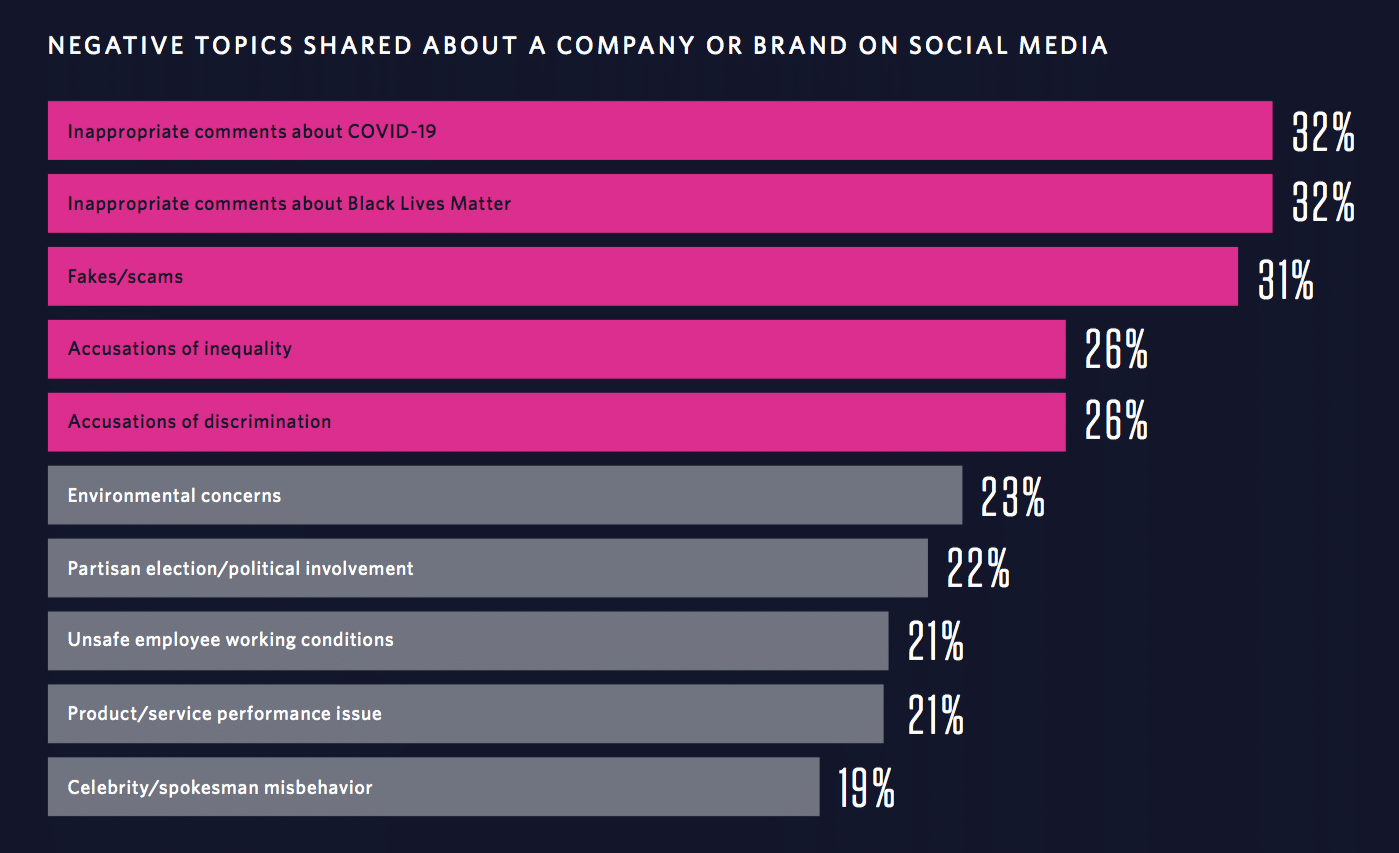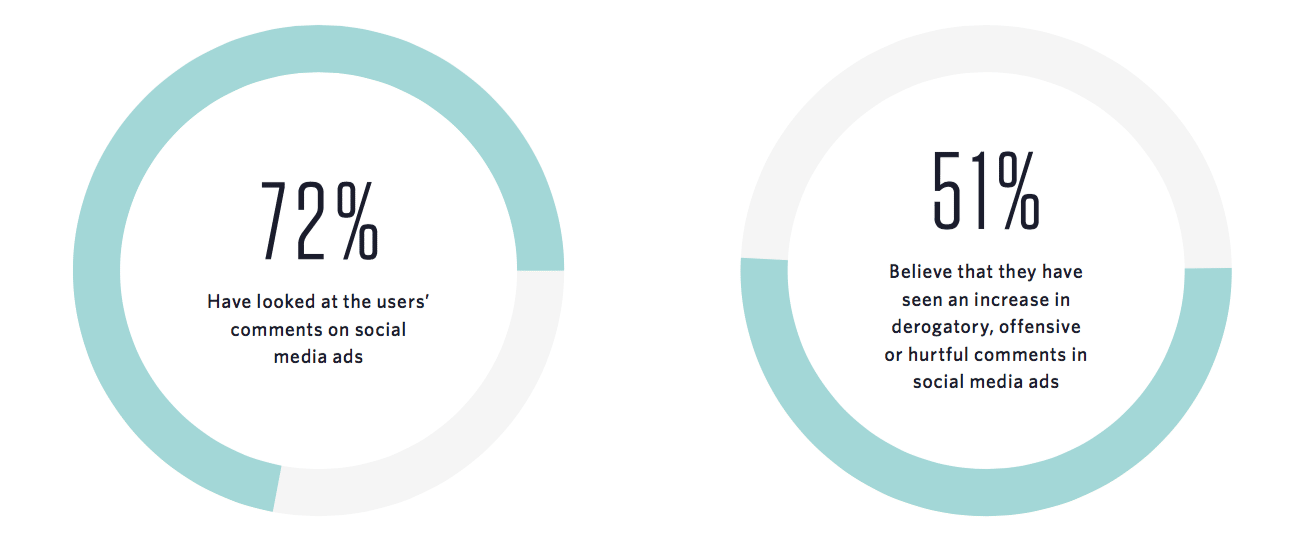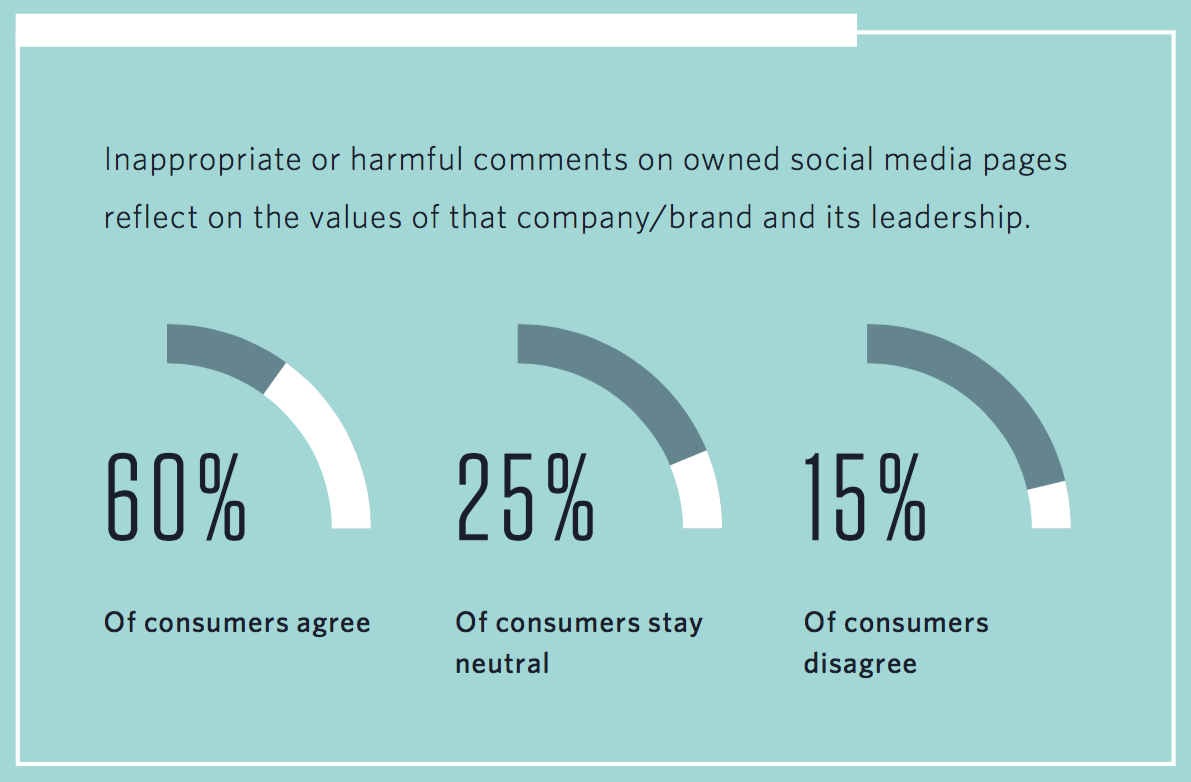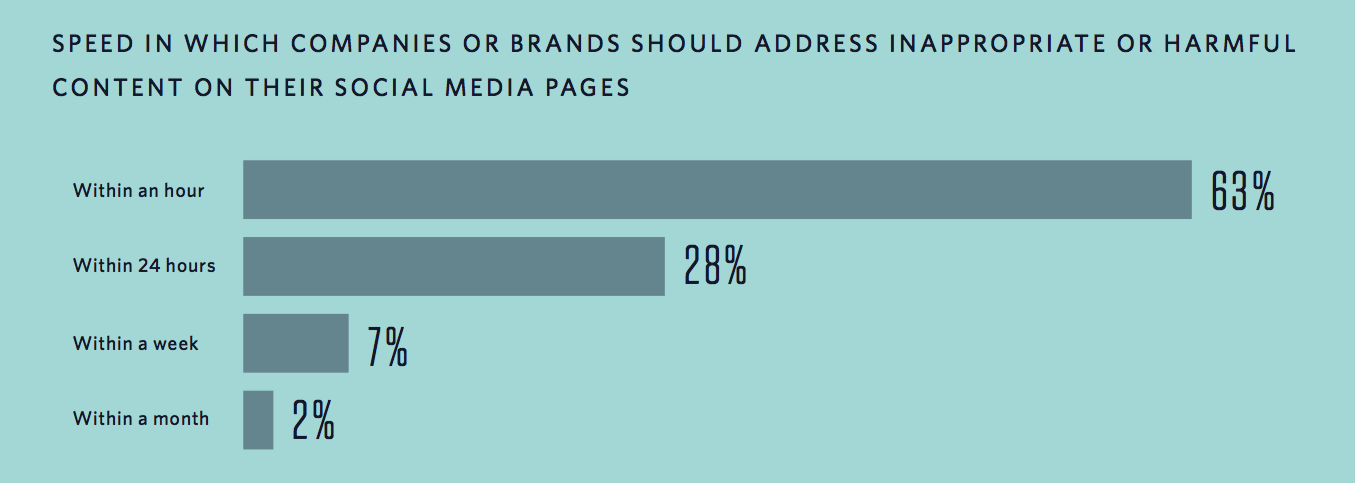For both businesses and consumers, it’s hard to avoid online trolls and troublemakers in this day and age. They used to be fairly easy to spot and ultimately ignore, but as these predators get more sophisticated—and as fake news and disinformation further permeate the pages of genuine online content—new research from early-warning risk intelligence firm Crisp reveals how this recent surge in harmful digital chatter is putting brand loyalty, corporate reputation, and purchase intent at risk.
These risks have been further amplified by an increase in digital chatter about Black Lives Matter, the global pandemic, divisive politics, and accusations of inequality directly associated with brands. Survey respondents, on average, saw four of these topics, among others, shared about a brand on social media.
While some of these conversations come from concerned and engaged consumers, others are driven by instigators intent on disrupting online experiences and using brands to forward their malicious agendas. This can erode brand loyalty and adversely affect investments in social media advertising.
“Brand platforms are increasingly being exploited to amplify societal issues, and advance movements counter to what they stand for,” said Adam Hildreth, CEO and founder of Crisp, in a news release. “If left unaddressed, this makes it incredibly challenging for consumers not to associate this harmful content with the values and leadership of the brand. Our survey results are concerning, but there is something that can be done about it.”
To help brands address this, the report offers new insights into how consumers react and what they expect brands to do. For brand-owned social media pages, the firm found that:
- 68 percent of respondents had seen a significant rise in the frequency of negative commentary;
- 63 percent give brands an hour to address inappropriate or harmful content on their pages, with roughly half of those respondents (34 percent) expecting it to be taken care of instantly; and
- 60 percent say inappropriate or harmful comments reflect poorly on the values of a brand and its leadership.
The survey also revealed consumers’ increased expectations of brands as it relates to their sponsored social media ads, including:
- 72 percent confirm they have looked at other users’ comments on those ads;
- 51 percent believe they have seen an increase in derogatory, offensive, or hurtful comments on social media ads; and
- 43 percent decided not to purchase the item or service upon seeing individuals’ negative comments about the company sponsoring the ad.
These issues, and this harmful content, have landed at the doorstep of brands, and consumers demand that they act, and act quickly. This survey provides the information required for brands to understand what consumers expect—and where they might need to adjust their strategies to align with those expectations.
Download the full report here.
Crisp surveyed more than 1,000 consumers to understand their experiences and expectations related to the harmful content found online.













